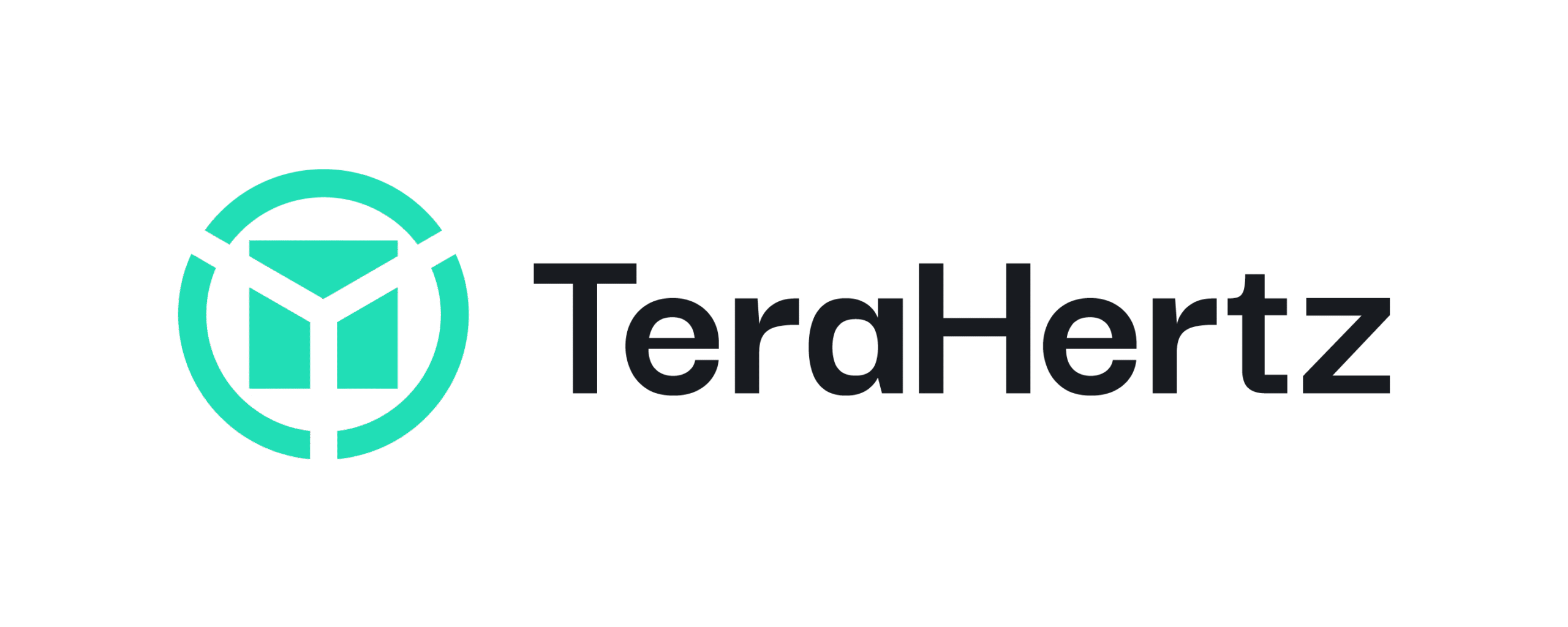Work Package Descriptions
The TeraHertz project is organized into eight interrelated Work Packages (WPs), each designed to support specific scientific, technological, training, and dissemination objectives. This modular structure enables focused progress on individual tasks while maintaining strong integration across all areas of activity.
Each WP is led by a partner with proven expertise in the relevant domain—ranging from materials science and computational modeling to device engineering, commercialization, and communication. The WPs are structured to ensure logical sequencing: beginning with material identification and characterization, progressing through prototype development, and culminating in market readiness and outreach.

WP1: Project Coordination (Lead: LPNU)
This work package ensures effective coordination and administration of the project, including legal, financial, scientific, and operational management. It oversees the planning and implementation of secondments, quality control of deliverables, scheduling of consortium meetings, and reporting to the European Commission. It also establishes mechanisms for monitoring progress and ensuring open and timely communication among partners.
WP1
WP2: Analysis and Selection of Crystalline and Nanoporous Materials (Lead: CARAT)
WP2 focuses on identifying, synthesizing, and acquiring dielectric and semiconductor materials suitable for THz modulation. These include bulk crystals and nanoporous matrices. The work includes literature reviews, experimental synthesis, and procurement, alongside structural and optical assessments to evaluate their applicability in electro- and acousto-quasi-optical devices.
WP2
WP3: Investigation of the Selected Materials in the THz Range (Lead: WUT)
This WP is dedicated to the experimental characterization of selected materials within the THz frequency spectrum. It includes measuring refractive indices, absorption coefficients, dielectric properties, and optical anisotropy. The data generated supports material selection for prototyping and device fabrication in later stages of the project.
WP3
WP4: 3D Spatial Anisotropy Analysis and Simulations (Lead: SPC)
WP4 develops simulation models to understand and visualize the spatial anisotropy of induced effects in crystalline materials. Using 3D modeling and numerical analysis, the WP identifies the most efficient geometries for THz radiation control. These insights are essential for optimizing material design and device architecture.
WP4
WP5: Manufacturing and Investigation of Crystalline Nanocomposites and Semiconductor Coplanar Structures (Lead: CARAT)
This WP fabricates and examines advanced material structures, such as nanocomposites with tailored anisotropy and coplanar waveguides using semiconductor materials like LT-GaAs and InGaAs. These structures are characterized for their optical, electrical, and THz modulation capabilities, providing foundational components for device integration.
WP5
WP6: Fabrication and Characterization of Laboratory Prototypes (Lead: UA)
WP6 involves the development of functional laboratory prototypes of quasi-optoelectronic cells based on the materials produced in previous WPs. These prototypes are tested for performance in THz modulation, using mechanisms such as electro-optic and acousto-optic interactions, as well as light-induced photogeneration in semiconductors.
WP6
WP7: Implementation into Innovative Products (Lead: ENOZE)
This work package focuses on translating laboratory prototypes into viable products. Activities include market analysis, stakeholder engagement, intellectual property protection, and development of commercialization strategies. WP7 ensures that research outputs are aligned with industry requirements and have clear pathways toward adoption.
WP7
WP8: Dissemination and Communication Activities (Lead: SPC)
WP8 manages the project’s communication and outreach strategy. It promotes the visibility and accessibility of research outcomes through scientific publications, conferences, digital media, and educational events. It also supports open science practices and coordinates public engagement activities to increase societal impact.
